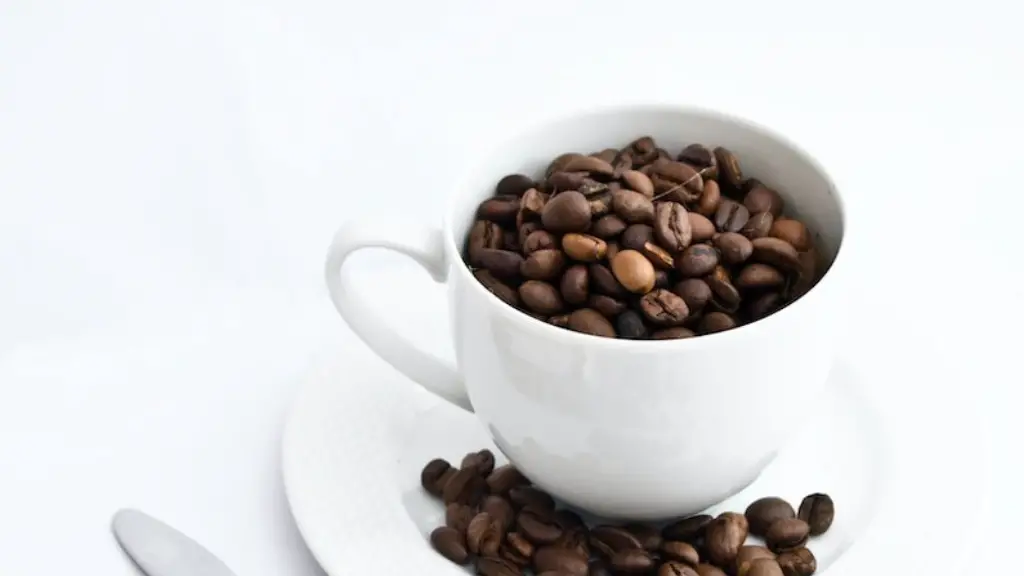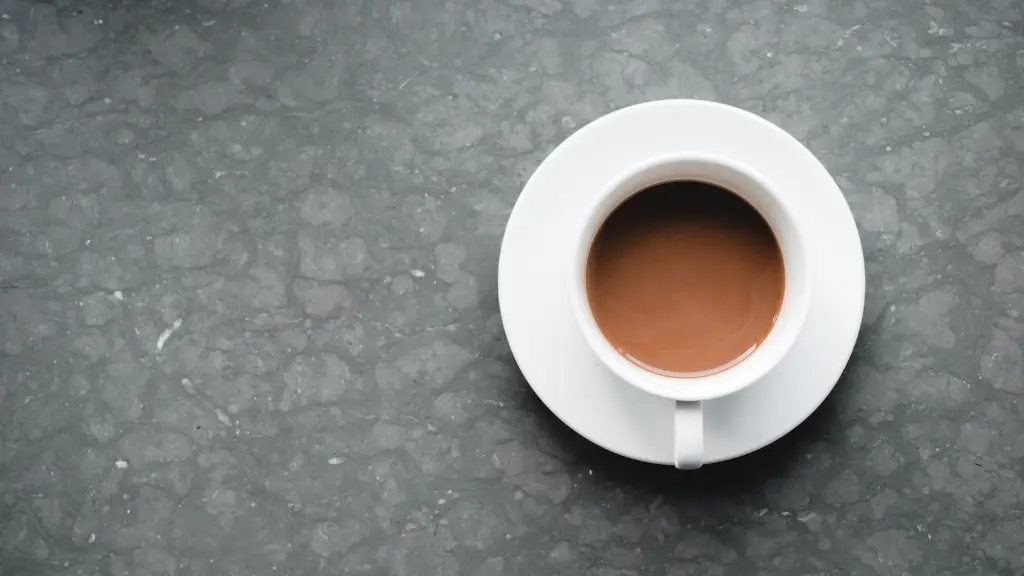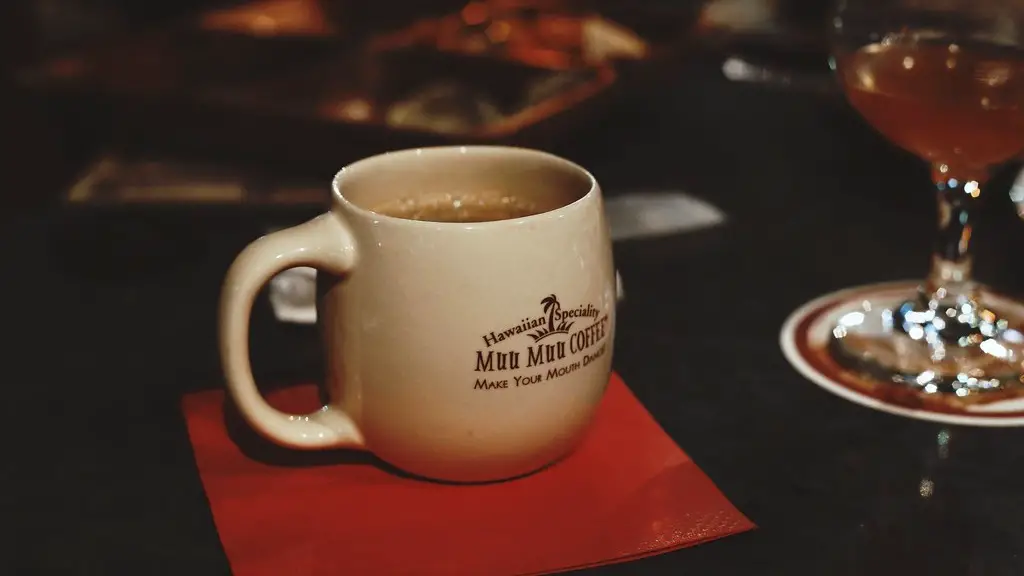As the world’s second most popular beverage, many of us in the morning are turning to coffee. It comes as no surprise then, that the global retail market for coffee reached $102 billion in 2017. In the US alone, 64% of Americans drink coffee daily. But who among us is drinking the most? Overwhelmingly, data shows that older adults between the ages of 55 and 64 consume more coffee than other age groups. But why is that?
According to experts, the older generation has the necessary income to afford their daily cup(s) of java and are attracted to the relative luxury of stopping off at the local cafe each morning. Before the dawn of the digital era, the standard for traditional careers was to retire at the age of 65, making this age group suited to a leisurely cup of coffee at the cafe. As an affordable luxury, coffee is an easy way to enjoy life’s small pleasures.
However, as the younger generations continue to work later in life, they may start to beat out the older generations in the amount of coffee they drink. The age group with the second most coffee consumption are those between the ages of 19 and 24. Even though they are consuming more coffee than preceding generations at their age, they are still behind their older counterparts when it comes to coffee consumption.
In terms of quantity, at 61%, the majority of coffee purchases in the US are from individuals over the age of 45 and account for almost $75 billion in retail coffee purchases. Furthermore, this age group makes up 22% of daily coffee drinkers. As for the younger generations, 26% of those between the ages of 19 and 44 are the second largest consumers of coffee, but only account for about $23 billion in retail purchases. Although the younger generations are frequenting cafes more often, they tend to purchase less coffee than the older generations.
Obviously, the reasons behind coffee consumption are varied. Some people like the taste and enjoy the social aspect of going to cafes, while others may have come to depend on it for its energizing effects. All in all, regardless of the reason, people of all ages partake in the pleasure of coffee consumption.
Coffee Consumption Habits
What do older adults prefer? According to research, 64% of them order specialty coffee beverages, such as lattes, cappuccinos and mochas. Younger generations on the other hand, order more “grab and go” type coffee drinks such as cold brew and nitro coffee, which are faster and easier to get. Not only that, but younger generations also tend to purchase more coffee machines like Keurigs, Nespresso, and others, to make their coffee at home.
Interestingly, older adults are also more likely to order decaf coffee than younger generations, who prefer lighter roasts. With older generations preferring stronger roasts and opting for decaf, it seems like even though they are consuming more coffee, they are being conscious about their health. Decaf coffee can be a great way for those looking for a lower-caffeine alternative.
Coffee Brands
Which brands do different age groups prefer? Depending on the age ranges, the strongest brands vary. Among those over the age of 45, the top 5 brands are Starbucks, Dunkin Donuts, McCafe, Krispy Kreme and Maxwell House. As for those between the ages of 18-34, Starbucks is still the top choice, but Dunkin Donuts has dropped out of the top 5, replaced by Trader Joe’s, Peet’s Coffee and Caribou Coffee.
Jumping a few age brackets, those between the ages of 35-44 typically prefer Starbucks, Dunkin Donuts, McCafe, Folgers and Peet’s Coffee. Lastly, those over 63 typically prefer the same top-five that the over 45 age group does.
Coffee Drinking Behaviour
Outside of coffee brands, different age groups also differ in their coffee drinking behavior. For instance, younger adults consume more coffee at work, carrying their own insulated tumblers to work. Whereas older adults prefer to enjoy coffee at home, drinking from their own mugs.
Furthermore, older adults are more likely to order more than one coffee each time they purchase and consume less coffee overall over the course of the week. Meanwhile, younger adults typically choose the same coffee order each time and drink more coffee than the older generation. With younger adults commuting to work and drinking coffee on their way, it’s easy to understand why their consumption is higher.
Coffee Preferences and Experiences
When it comes to preferences, different age groups also have different likes and dislikes. For example, younger adults tend to like stronger flavors, more exotic coffees and are more likely to go to coffee shops. Older adults on the other hand prefer lighter roasts and milder flavors, and are more likely to brew coffee at home.
As for experiences, older adults enjoy coffee for its comfort and familiarity, taking pleasure in the type of rituals associated with it, such as making a cup of coffee together in the morning. Younger adults meanwhile, take pleasure in the opportunity of trying new drinks, flavors and coffee shops that are more readily available now than they have ever been before.
Coffee Consumption Trends
As the world becomes more digitized, traditional industries are experiencing a decrease in sales. But surprisingly enough, this is not true for the coffee industry. In fact, according to the National Coffee Association, the market for coffee in the US has been steadily increasing for the past 20 years, with no signs of slowing down anytime soon.
The NCA estimates that the millennials will make up 37% of the US population by 2025 and will account for the most spending power in the economy. With their heightened interest in coffee, this could potentially shift the balance of coffee consumption in favor of the younger generations.
Future Predictions
Overall, despite current trends in coffee consumption favoring the older generations, the future looks very promising for the younger generations. Millennials’ influence of the coffee market will continue to grow and they will continue to be the major drivers of growth in the industry. We can look forward to more innovation in terms of coffee brewing methods, flavors, and ingredients.
Furthermore, with more and more younger generations adapting to healthier lifestyles, we can likely expect them to be the driving forces in offering healthier alternatives to coffee. As for older generations, their preference for higher quality brews is likely to stay.
Conclusion
Coffee consumption is increasing all over the world, with the older generations currently leading in terms of how much coffee is being purchased and consumed. Even though the current trend favors the older generation, the coming years will bring new trends, tastes, and preferences. It’s just a matter of the staying power of both generations in the coffee market.




